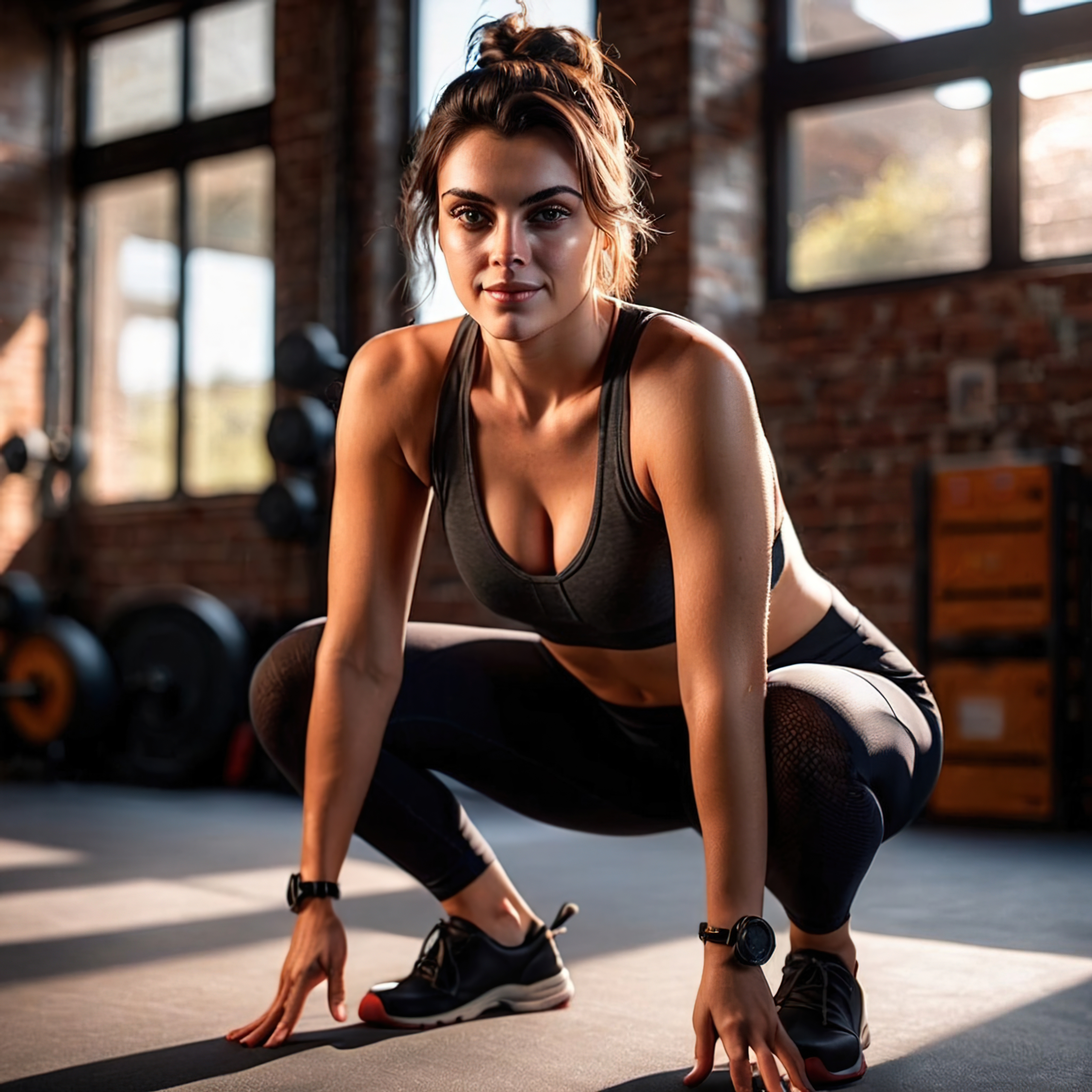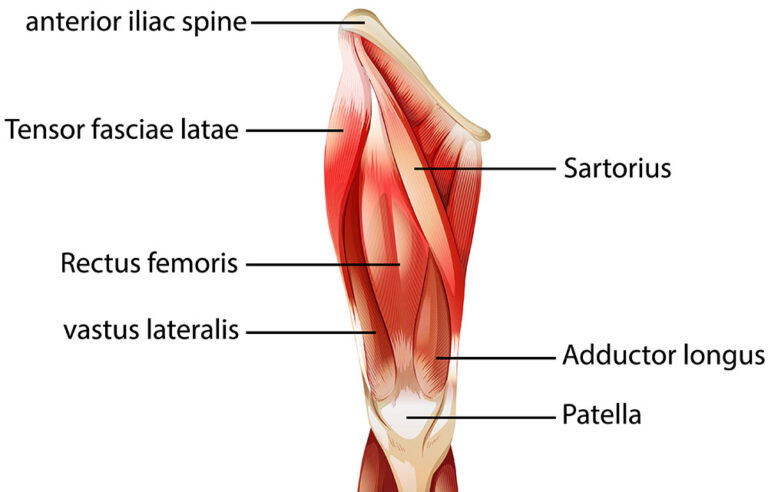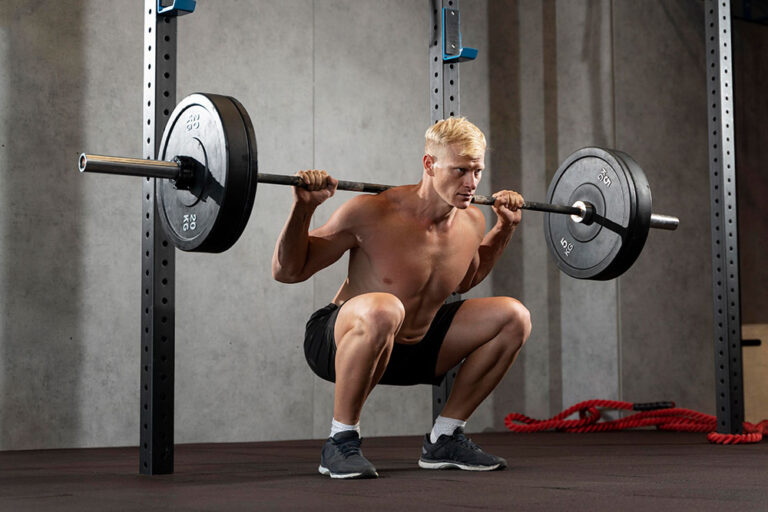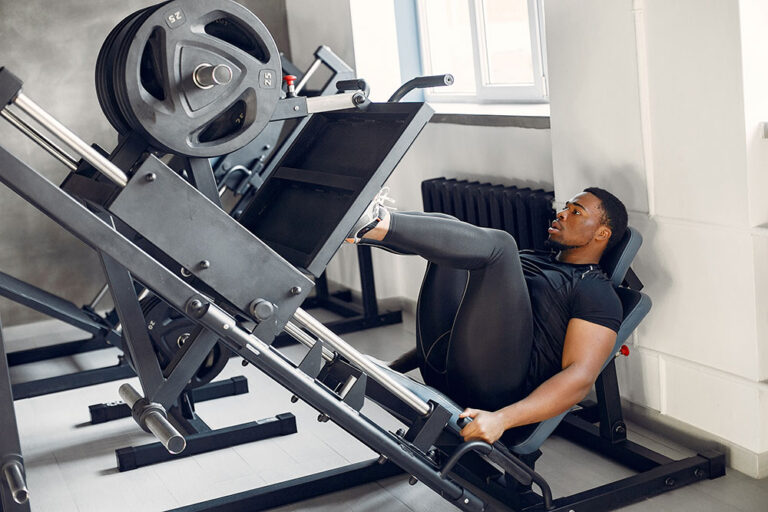Quadricep Workouts that can be done at Home
Introduction to Quadricep Muscles
Are you ready to transform your lower body from the comfort of your own home? Strong quadriceps are essential for not only achieving toned legs but also enhancing overall athletic performance. These powerhouse muscles play a vital role in activities like running, jumping, and even walking. If you’re looking to boost your strength and endurance without stepping into a gym, you’ve arrived at the right place. This guide is packed with effective quadricep workouts that can be done at home, making it easy for anyone to get started on their fitness journey. Let’s dive into these energizing exercises tailored just for you!
Benefits of Strong Quadriceps
Strong quadriceps offer numerous advantages that extend beyond just aesthetics. These powerful muscles play a vital role in everyday movements, from walking to climbing stairs. Enhanced strength can lead to improved mobility and balance.
Additionally, well-developed quads support your joints, particularly the knees. This support reduces the risk of injuries during physical activities and helps alleviate strain on surrounding muscles.
Having strong quadriceps also contributes significantly to athletic performance. Whether you’re running or cycling, these muscles power your movement and boost endurance.
Moreover, robust quads can enhance your overall fitness routine. They assist in various exercises like squats and lunges, making workouts more effective while increasing calorie burn.
Focusing on quad strength can improve posture by stabilizing the lower body during dynamic movements. Stronger legs translate into better alignment throughout daily life activities as well.
Equipment Needed for At-Home Workouts
When it comes to effective quadricep workouts that can be done at home, having the right equipment can make all the difference. Luckily, you don’t need a full gym setup.
A good pair of dumbbells is essential for adding resistance to your exercises. They are versatile and perfect for squats or lunges. If you’re looking for something more challenging, consider getting a kettlebell.
Resistance bands also deserve a spot in your workout space. They provide varying levels of resistance and are great for enhancing bodyweight movements.
A sturdy chair or bench can serve as an excellent support during exercises like step-ups or Bulgarian split squats.
Don’t underestimate the power of your own body weight! Exercises such as wall sits require no equipment while still effectively targeting those quads. Equip yourself wisely and get ready to strengthen those muscles from home!
Beginner Quadricep Workout Routine
Starting your quadricep workout journey at home can be simple and rewarding. Begin with bodyweight squats. Stand tall, feet shoulder-width apart, and lower yourself as if sitting in a chair. Aim for three sets of 10-15 reps.
Next up is the wall sit. Find a sturdy wall, lean back against it, and slide down until your thighs are parallel to the floor. Hold this position for 20-30 seconds; repeat two to three times.
Lunges are another excellent addition. Step forward with one leg while lowering your hips until both knees form right angles. Alternate legs for three sets of 8-12 reps each.
Don’t forget calf raises! Stand on the edge of a step or flat surface and lift your heels off the ground slowly before lowering them back down. Perform three sets of 15 repetitions to strengthen those supporting muscles around your quads.
Advanced Quadricep Workout Routine
For those looking to challenge their quadriceps further, an advanced workout routine can make a significant difference. Start with barbell squats for maximum engagement. Aim for 4 sets of 8-10 repetitions.
Next, incorporate Bulgarian split squats using body weight or dumbbells if available. These not only target your quads but also improve balance and stability.
Follow this with jump squats to add an explosive element to your training. Perform 3 sets of 10 reps, focusing on height and landing softly.
Don’t forget about leg presses or single-leg press variations if you have access to equipment. This isolates the quads effectively.
Finish off the session with lunges—forward and reverse—to enhance muscle endurance while maintaining flexibility. Keep rest periods short between sets for added intensity, pushing your limits safely yet effectively!
Tips for Proper Form and Technique
Proper form is essential for maximizing results and preventing injuries during quadricep workouts. Start by engaging your core to stabilize your body throughout each movement.
When performing squats, keep your feet shoulder-width apart. Push through your heels as you lower yourself, ensuring that your knees do not extend beyond your toes.
For lunges, maintain an upright torso while stepping forward. Your back knee should hover just above the ground without thudding down.
During leg extensions or any other isolated movements, focus on controlled motions rather than quick reps to fully engage the muscle fibers in the quadriceps.
Don’t forget to breathe! Inhale as you prepare for a lift and exhale during exertion to enhance performance and manage effort levels effectively.
Other Factors to Consider for Strong Quadriceps
Beyond specific workouts, several factors influence the strength of your quadriceps. Nutrition plays a vital role in muscle development. A diet rich in protein helps repair and build muscle tissue after workouts.
Hydration is equally important. Muscles perform better when well-hydrated, enhancing overall workout effectiveness.
Rest and recovery shouldn’t be overlooked either. Allowing time for muscles to recover prevents injuries and promotes growth.
Incorporating varied exercises can also keep your routine fresh. Functional movements like lunges or step-ups engage multiple muscles, providing balanced strength training.
Consistency is key. Regularly challenging your quadriceps with progressive overload ensures continuous improvement over time. Each of these elements contributes significantly to developing powerful quads at home!
Conclusion
When it comes to quadricep workouts that can be done at home, there’s a wealth of options suited for every fitness level. Whether you’re just starting your journey or looking to challenge yourself with advanced routines, building strength in your quads is entirely achievable without stepping into a gym.
Strong quadriceps contribute significantly to overall leg strength and stability. With the right exercises and techniques, you can enhance athletic performance and reduce the risk of injury. Remember to focus on form; this ensures that each movement is effective while minimizing strain.
Consider incorporating various bodyweight exercises, like squats and lunges, into your routine. For those seeking additional resistance, items commonly found around the house—such as water bottles or backpacks filled with books—can serve as makeshift weights.
As you progress through different workout levels, pay attention not just to what you’re doing but how you’re doing it. Proper form will maximize benefits while preventing injuries. Don’t forget about recovery too; stretching and rest are vital components of any training regimen.
With consistency and dedication towards these quadricep workouts that can be done at home, you’ll soon notice improvements in both muscle tone and functional strength. Embrace the journey toward stronger legs—you’ll feel empowered with every step!
- About the Author
- Latest Posts
Johnnie D. Jackow Sr., the founder and CEO of Total Body Fitness, Worldwide, has a long-standing career in the fitness industry. He began as a certified personal trainer in the mid-90s and soon after authored his first weight loss book in 1998. This led to the launch of Total Body Fitness, Nationwide in the USA at the same time. Johnnie gained recognition as the fitness guru of his time, running infomercials on local TV late at night in Houston, Texas. Over the years, he has helped more than 40,000 individuals from all over the world achieve their health and fitness goals. With over 60,000 hours of documented training in integrative functional medicine, he completed his PhD in human physiology in 2010. His primary objective is to assist people in reaching their health and fitness goals through alternative approaches rather than relying solely on conventional medicine and pharmaceutical drugs. Today, with almost three decades of experience under his belt, Johnnie continues to be a leader in health and fitness.








